The Ultimate Guide to License Plate Recognition with UniFi Protect Cameras
If you're considering setting up License Plate Recognition (LPR) using UniFi Protect cameras, you’re in the right place. This post covers a deep dive into real-world testing of several UniFi camera models—spanning a full month, weather mishaps, and eventually, clear conclusions about which models perform best for different LPR scenarios.
Click here to pick up an AILPR with our affiliate link!
The Cameras Tested
Initially, I set out to compare all the major AI-enabled UniFi cameras:
- AI Turret
- AI Pro
- AI DSLR
- AI LPR
But as testing progressed, it became clear that while many cameras can do LPR, only a few do it exceptionally well. So, the focus shifted to the top contenders and where they shine.
The Test Setup
I ran tests in two primary environments:
- Office driveway (slow-speed): Vehicles turning in and out, ideal for testing gate-entry scenarios.
- Main road (high-speed): A 45 mph (72 kph) thoroughfare to evaluate performance in fast-moving traffic.
I also tested multiple camera positions—ranging from 9 to 15 feet from the roadway—allowing me to compare angle, clarity, and detection reliability.
Camera Performance Breakdown
AI Turret & G6 Bullet
- Pros: Easy to install, decent image quality.
- Cons: Inconsistent LPR results, especially at speed or distance.
- Best For: Basic driveways capture at low speed with correct positioning.
- Verdict: Can work, but not reliable enough for mission-critical LPR.
AI Pro
- Pros: Optical zoom (3x) helps with clarity and reach.
- Cons: Still not ideal for high-speed detection, and performance drops at night.
- Best For: Moderate-range, slow-to-medium-speed LPR in well-lit areas.
- Verdict: A solid mid-tier option if you want better results without going all-in.
AI DSLR
- Pros: High resolution and telephoto lens provide stunning daytime accuracy—even at speed.
- Cons: Nighttime detection is hit-or-miss; mostly “luck” unless the car is well-lit.
- Best For: Daytime high-speed LPR or long-distance gate surveillance.
- Verdict: The most accurate daytime LPR camera. Excellent for municipalities or industrial driveways.
AI LPR
- Pros: Purpose-built for LPR, incredible nighttime performance using IR-pass filtering. Consistently detects plates even in total darkness.
- Cons: Useless for anything but plate detection—zero scene visibility in night mode.
- Best For: Nighttime LPR, gated entries, or anywhere LPR is the sole goal.
- Verdict: The go-to for night LPR—especially if positioned correctly according to UniFi’s specs.
The Importance of Camera Placement
Here’s where things get real. I initially placed cameras too far from the road or at too wide an angle—leading to missed detections, especially at night.
After consulting UniFi’s installation documentation, I learned:
- Max angle for high-speed detection: 15°
- Max angle for slower traffic: 25–30°
- Ideal mounting height: Under 5 meters (~16 ft)
- Capture distance: Keep it tight, around 12 meters (~39 ft) or less
Using basic trigonometry, I adjusted my setups and saw a dramatic improvement—especially with the AI LPR during night runs.
Final Thoughts
If you're installing cameras in Florida (like I did), where only rear plates are required, LPR is more challenging. But with smart camera choice and placement, it's absolutely achievable.
- Daytime, high-speed? Go with the AI DSLR
- Nighttime or full-day coverage? Go with the AI LPR
- Driveway or gates? Any camera works with good placement, but AI LPR or Pro shine
If you are interested in hiring us to manage your IT infrastructure, please reach out to us here.

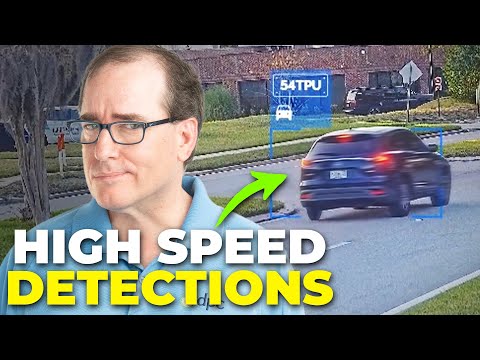
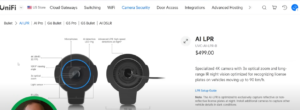
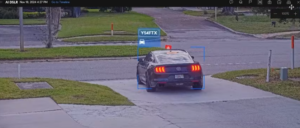
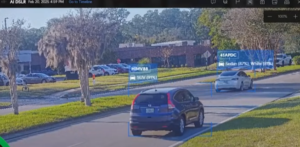
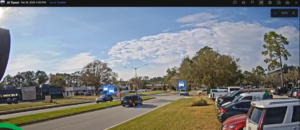
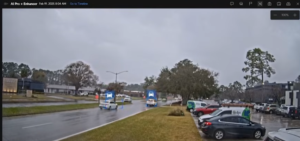
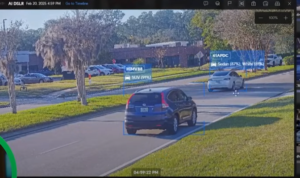
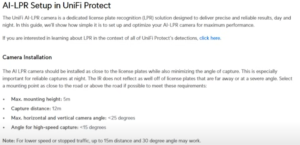
You must be logged in to post a comment.